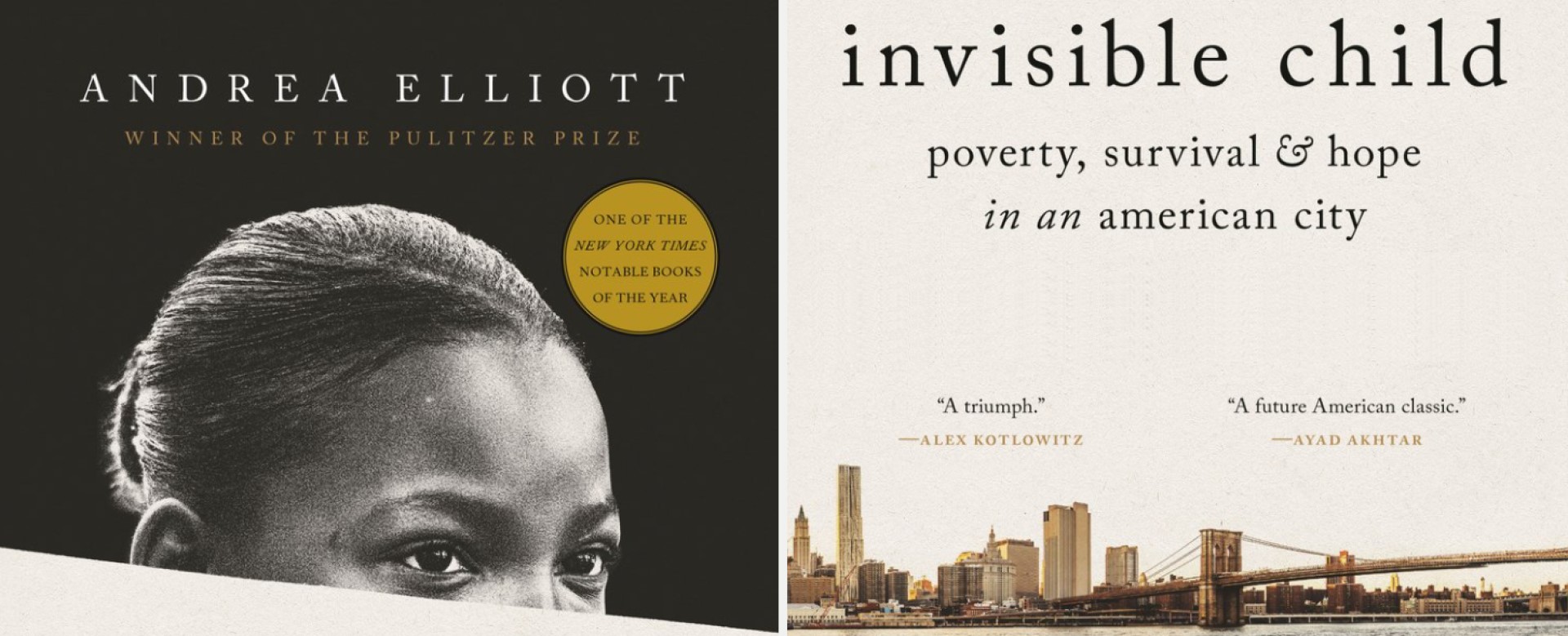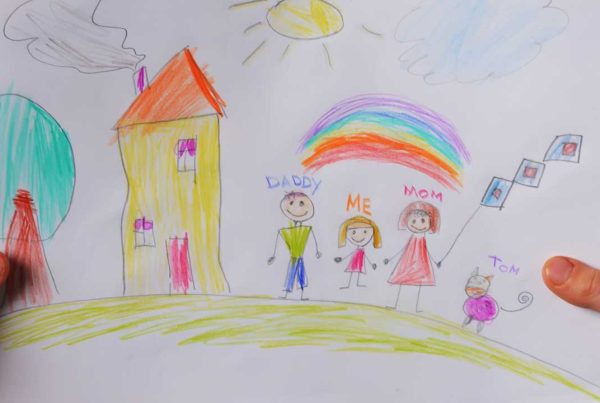Eight years ago, The New York Times shared with its readers the story of Dasani, an 11-year-old girl living in a run-down homeless shelter in New York. Described in the story’s headlines as the “Invisible Child,” Dasani was presented to New Yorkers in a five-part, front-page series that put a human face on persistent poverty.
To write the story, reporter Andrea Elliott staked out the shelter where Dasani (yes, she was named after bottled water) lived with her parents and seven siblings, approaching mothers with the hope of writing about their perspective on homelessness. Denied entry into the shelter herself, Elliott supplied Dasani and her family with a cellphone and video camera so they could capture life inside the shelter. Eventually, Elliott snuck into the shelter so she could report firsthand. The resulting exposé gave readers a remarkable view of lives in poverty, but offered little indication of what Dasani’s future might hold.
Now the book Invisible Child gives readers a view of what happened after those 2013 stories, as Elliott continued to follow Desani’s family for the ensuing years, tracking the ups and downs of a teenaged girl trying to slip free of poverty. At the same time, the book examines the many factors – racism, government ineptitude, family history and more – that work to trap and hold people in poverty.
Declared one of the 10 best books of 2021 by The New York Times, The New York Times Book Review, Library Journal, and NPR, Invisible Child is the perfect remedy for those of us who are far too capable of seeing poverty only as a societal and economic issue rather than as a truly human challenge. Dasani reminds us of the humanity at the heart of poverty, and of the humanity that must be at the heart of every solution.






